
The evolution of our ancestors was 3 times as fast after that the dinosaurs died out compared to before, a team of scientists now claims.
The researchers have looked into early mammalian development by examining small changes in nearly one thousand fossils from 70 million years back, until today. The results indicate that before the mass extinction event about 65 million years ago when most dinosaurs died out, the evolution of mammals was rather constant and slow.
“Life Finds a Way”
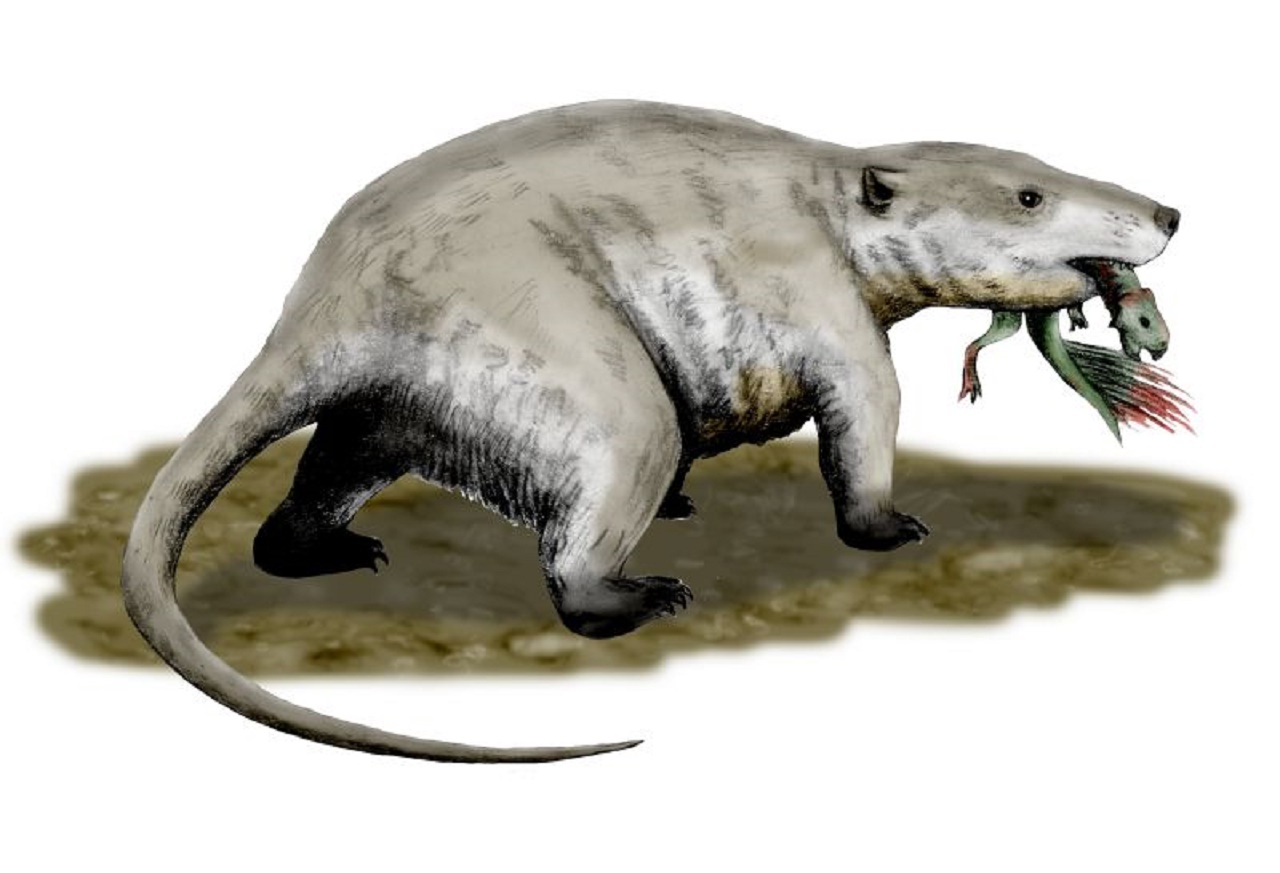
But after the event, with only birds’ as descending from the dinosaurs remaining on the planet – more and new species of mammals arose. Our mammal ancestors evolved 3 times faster in the 10 million years after the extinction of the dinosaurs than in the previous 80 million years, according to University College London researchers.
The UCL researchers measured changes in the bones and teeth of 904 placental fossils and mapped these anatomical differences between species on the tree of life. Measuring the number of character changes over time for each branch. Based on this data they established an average rate of evolution for early placental mammals both before and after the dinosaur extinction event.
The Mammalian Schism
The team also found that the last common ancestor of all placental mammals (fetus carried in the uterus where it is nourished via a placenta) lived in the late Cretaceous period, about 3 million years before the non-avian dinosaurs (birds) became extinct 66 million years ago. This is 20 million years younger than what previous studies have indicated using molecular data from living mammals and when assuming a near-constant rate of evolution.
The study Eutherians experienced elevated evolutionary rates in the immediate aftermath of the K-Pg mass extinction, funded by the Natural Environment Research Council was published this week in Proceedings B of the Royal Society.
_______________
Reference: T. Halliday et al Eutherians experienced elevated evolutionary rates in the immediate aftermath of the K-Pg mass extinction, Proceedings B of the Royal Society on Wednesday, June 26, 2016, doi: 10.5061 / dryad.0nr5s
______________________________

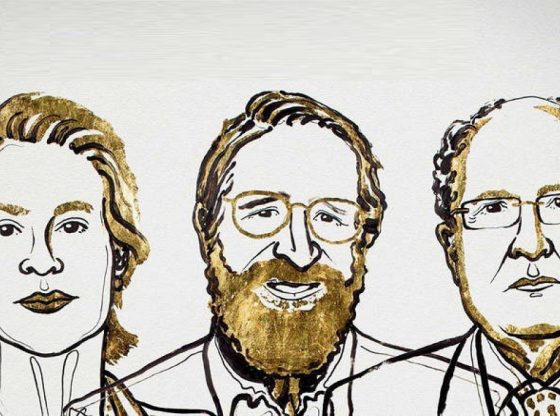

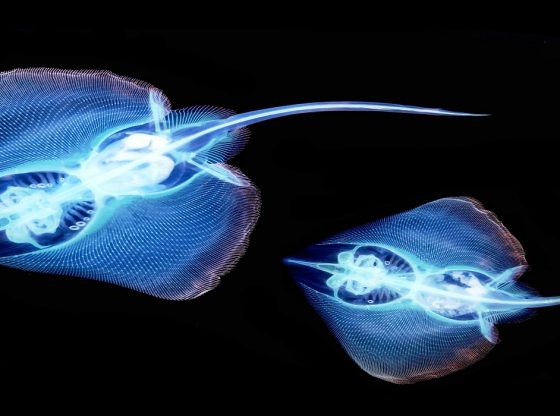

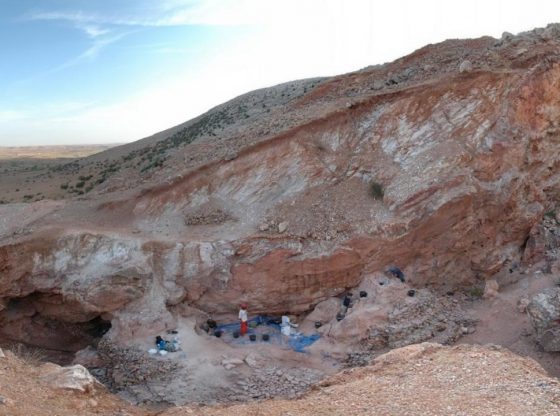
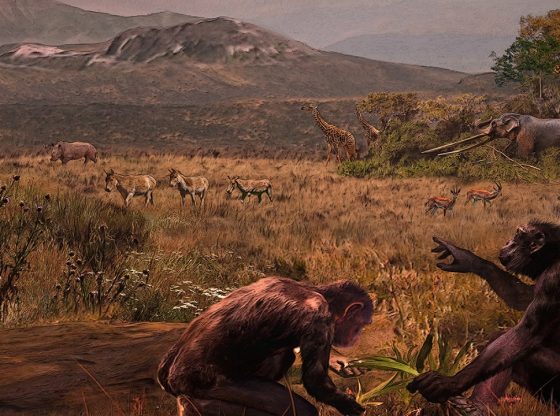

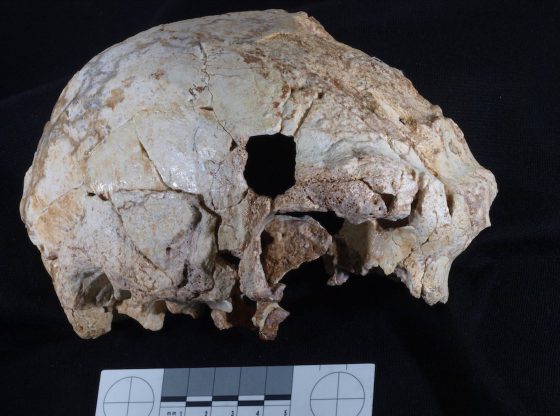
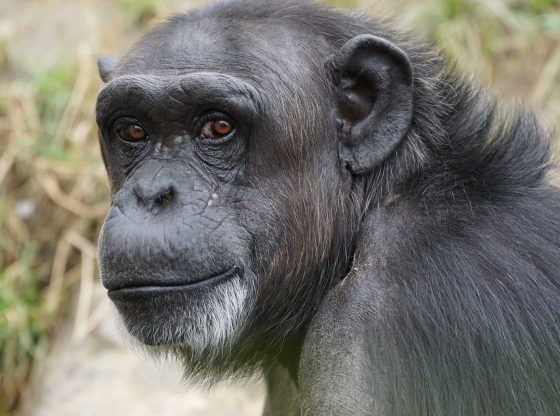
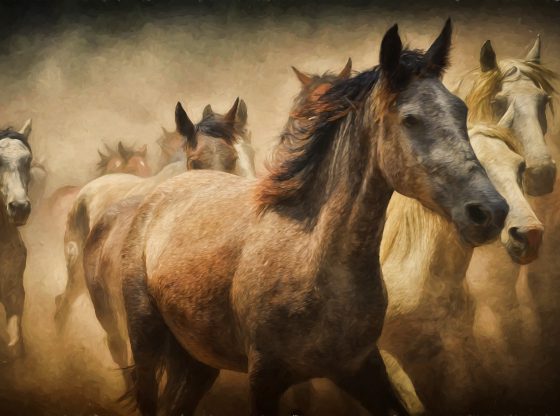
![OpenAI. (2025). ChatGPT [Large language model]. https://chatgpt.com](https://www.illustratedcuriosity.com/files/media/55136/b1b0b614-5b72-486c-901d-ff244549d67a-350x260.webp)
![OpenAI. (2025). ChatGPT [Large language model]. https://chatgpt.com](https://www.illustratedcuriosity.com/files/media/55124/79bc18fa-f616-4951-856f-cc724ad5d497-350x260.webp)
![OpenAI. (2025). ChatGPT [Large language model]. https://chatgpt.com](https://www.illustratedcuriosity.com/files/media/55099/2638a982-b4de-4913-8a1c-1479df352bf3-350x260.webp)








